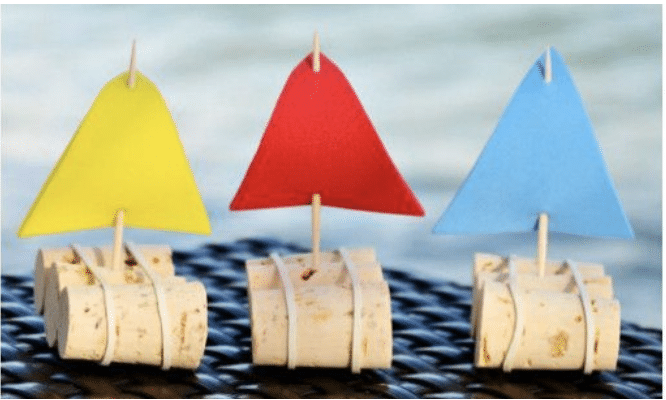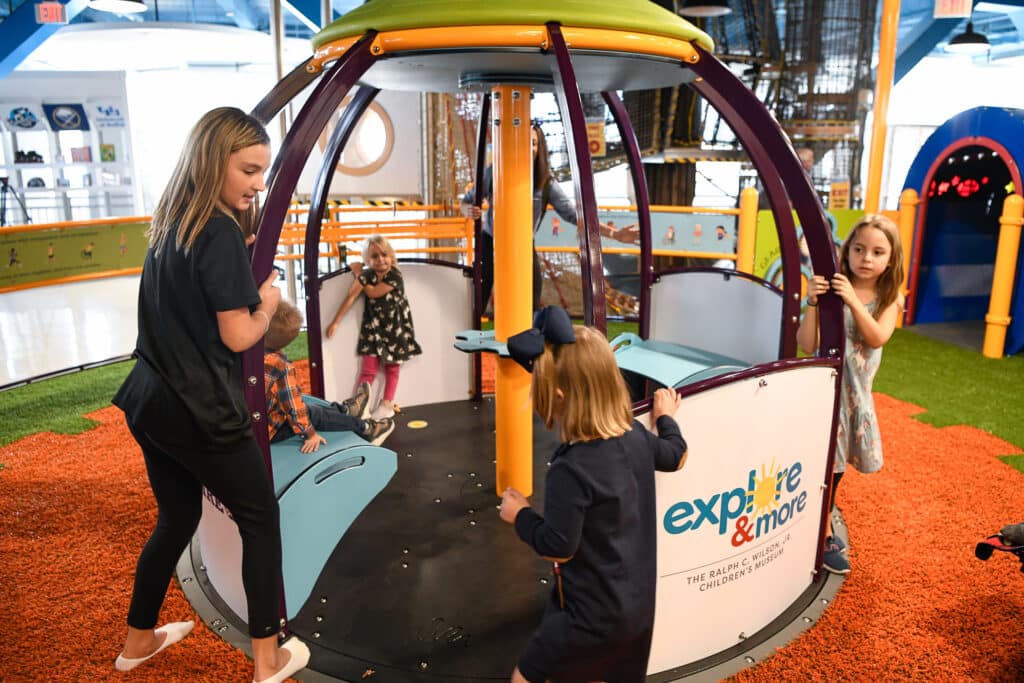By Silvia Steele
Children’s mental health and social-emotional well-being are an important part of their development. Anxiety has risen among children over the past ten years and parents are often left wondering how to help their children cope.

Checking-in at home and having open conversations about emotions, including how to handle worry and fear are key. When anxiety becomes an everyday struggle, it may be time to look for more individualized support starting with your child’s pediatrician and school. Children often receive mental health screenings at pediatric well-visits, at school or through community agencies. Schools can be proactive in supporting the mental health of all children through social-emotional skills instruction, utilizing positive behavioral interventions and supports (PBIS) in classrooms, school-wide trauma-informed care practices, teaching mindfulness and practicing calming strategies. Pediatricians can help identify agencies for evaluations, and counseling when needed. Finding support and connecting with others helps to take away the stigma and feeling of being alone when your child is struggling with anxiety. Read the article below from The Child Mind Institute with tips on what and what not to do when your child has anxiety. Also, join us in the Tinkering Tank for community resources, tips, and activities to support children’s mental health during Mental Health Awareness Month.
Resources
- The National Alliance on Mental Illness (NAMI) has started #MoreThanEnough, a social media campaign to empower people and “emphasize people’s inherent value and potential for fulfilling lives, while promoting resources and events that encourage connection and support.” They have a resource called, “What to look for and when to act”
- The Substance Abuse and Mental Health Services Administration (SAMHSA) created National Children’s Mental Health Awareness Day (May 11th, 2023) to shine a national spotlight on the importance of caring for every child’s mental health.
- Help Me Grow of WNY-Centralized Access Point (CAP) for Families & Providers offers free developmental and social-emotional screenings, using Ages & Stages Questionnaires® (ASQ®). As a parent or caregiver, you can answer a few questions about how your child learns, talks, moves, and socializes with others. Taking the questionnaire is free, quick, and confidential. CAP also supplies age-appropriate activities and connects caregivers to community resources and supports.
- Spectrum Health -Buffalo H.O.P.E offer free support services and a helpline to answer questions and provide referrals (716) 566-6506 M-F 9:00-5:00pm. They will be partnering with Explore & More to provide resources and activities during the month of May.
- Parent Network– has a full page of printable hand-outs with articles and resources, on their website.
- The Child Mind Institute-wonderful resource including guides for parents about specific mental health issues.
- What to Do (and Not Do) When Children Are Anxious-How to Respect Feelings without Empowering Fears by Clark Goldstein, PhD-The Child Mind Institute
When children are chronically anxious, even the most well-meaning parents, not wanting a child to suffer, can actually make the youngster’s anxiety worse. It happens when parents try to protect kids from their fears. Here are pointers for helping children escape the cycle of anxiety.
- The goal isn’t to eliminate anxiety, but to help a child manage it.
None of us wants to see a child unhappy, but the best way to help kids overcome anxiety isn’t to try to remove stressors that trigger it. It’s to help them learn to tolerate their anxiety and function as well as they can, even when they’re anxious. And as a byproduct of that, the anxiety will decrease over time. - Don’t avoid things just because they make a child anxious.
Helping children avoid the things they are afraid of will make them feel better in the short term, but it reinforces the anxiety over the long run. Let’s say a child in an uncomfortable situation gets upset and starts to cry — not to be manipulative, but just because that’s how they feel. If their parents whisk them out of there, or remove the thing they’re afraid of, the child has learned that coping mechanism. And that cycle has the potential to repeat itself. - Express positive — but realistic — expectations.
You can’t promise a child that their fears are unrealistic—that they won’t fail a test, that they’ll have fun ice skating, or that another child won’t laugh at them during show & tell. But you can express confidence that they’re going to be okay, that they will be able to manage it. And you can let them know that as they face those fears, the anxiety level will drop over time. This gives them confidence that your expectations are realistic, and that you’re not going to ask them to do something they can’t handle. - Respect their feelings, but don’t empower them.
It’s important to understand that validation doesn’t always mean agreement. So if a child is terrified about going to the doctor because they’re due for a shot, you don’t want to belittle those fears, but you also don’t want to amplify them. You want to listen and be empathetic, help them understand what they’re anxious about, and encourage them to feel that they can face their fears. The message you want to send is, “I know you’re scared, and that’s okay, and I’m here, and I’m going to help you get through this.” - Don’t ask leading questions.
Encourage your child to talk about their feelings, but try not to ask leading questions— “Are you anxious about the big test? Are you worried about the science fair?” To avoid feeding the cycle of anxiety, just ask open-ended questions: “How are you feeling about the science fair?” - Don’t reinforce the child’s fears.
What you don’t want to do is be saying, with your tone of voice or body language: “Maybe this is something that you should be afraid of.” Let’s say a child has had a negative experience with a dog. Next time they’re around a dog, you might be anxious about how they will respond, and you might unintentionally send a message that they should, indeed, be worried. - Encourage the child to tolerate their anxiety.
Let your child know that you appreciate the work it takes to tolerate anxiety in order to do what they want or need to do. It’s really encouraging them to engage in life and to let the anxiety take its natural curve. We call it the “habituation curve.” That means that it will drop over time as he continues to have contact with the stressor. It might not drop to zero, it might not drop as quickly as you would like, but that’s how we get over our fears. - Try to keep the anticipatory period short.
When we’re afraid of something, the hardest time is really before we do it. So another rule of thumb for parents is to really try to eliminate or reduce the anticipatory period. If a child is nervous about going to a doctor’s appointment, you don’t want to launch into a discussion about it two hours before you go; that’s likely to get your child more keyed up. So just try to shorten that period to a minimum. - Think things through with the child.
Sometimes it helps to talk through what would happen if a child’s fear came true—how would they handle it? A child who’s anxious about separating from their parents might worry about what would happen if a parent didn’t come to pick them up. So we talk about that. If your mom doesn’t come at the end of soccer practice, what would you do? “Well I would tell the coach my mom’s not here.” And what do you think the coach would do? “Well he would call my mom. Or he would wait with me.” A child who’s afraid that a stranger might be sent to pick them up can have a code word from their parents that anyone they sent would know. For some kids, having a plan can reduce uncertainty in a healthy, effective way. - Try to model healthy ways of handling anxiety.
There are multiple ways you can help kids handle anxiety by letting them see how you cope with anxiety yourself. Kids are perceptive, and they’re going to take it in if you keep complaining on the phone to a friend that you can’t handle the stress or the anxiety. I’m not saying to pretend that you don’t have stress and anxiety, but let kids hear or see you managing it calmly, tolerating it, feeling good about getting through it.




